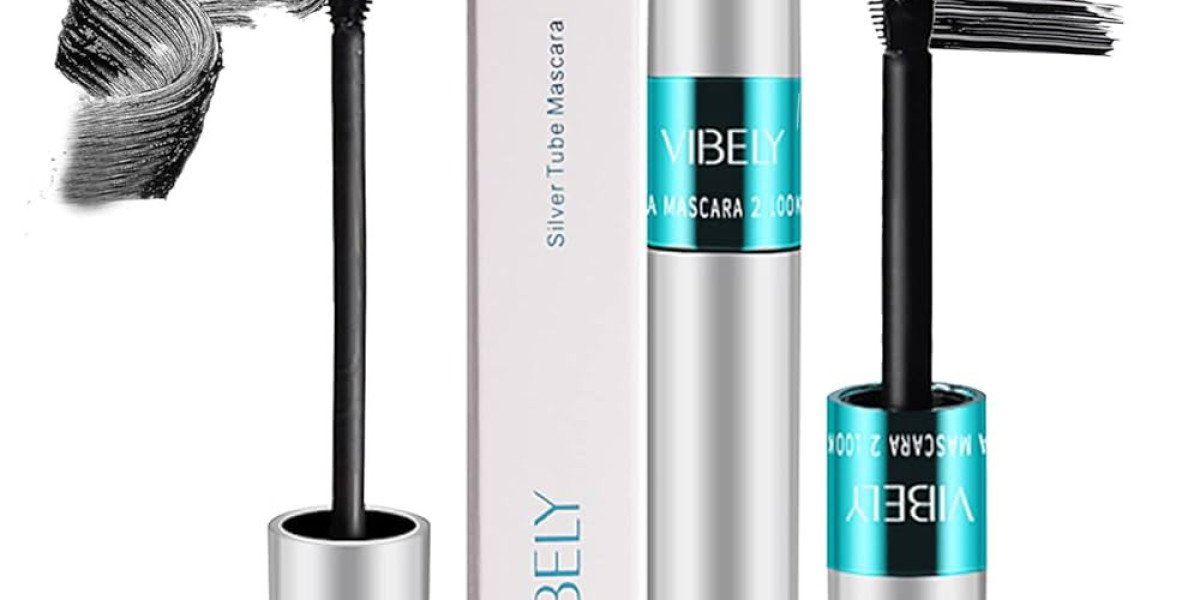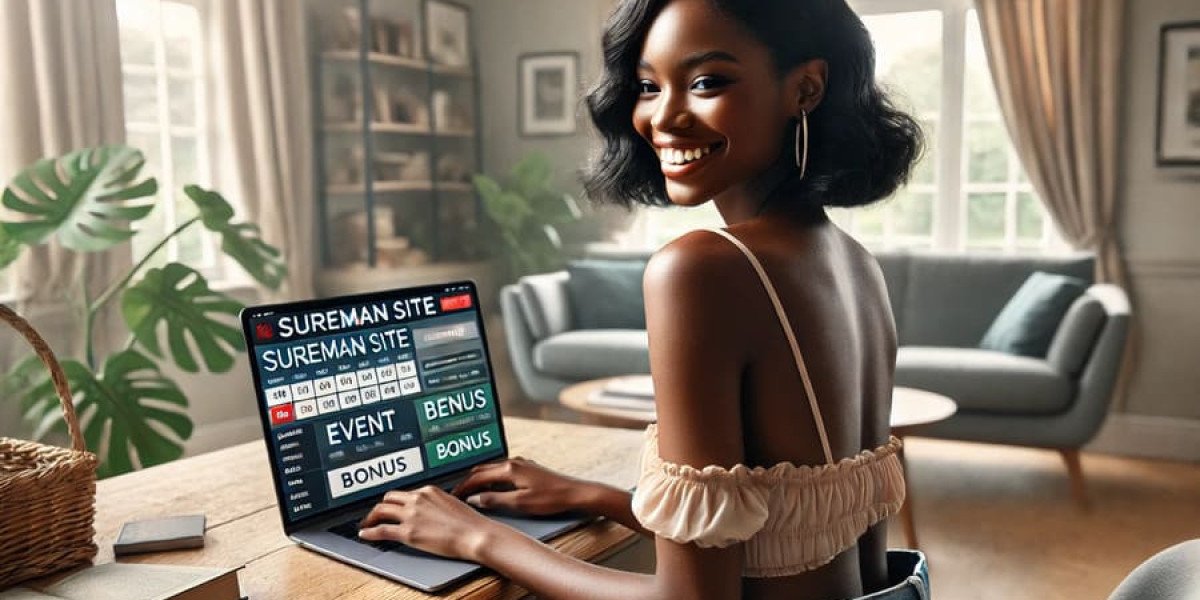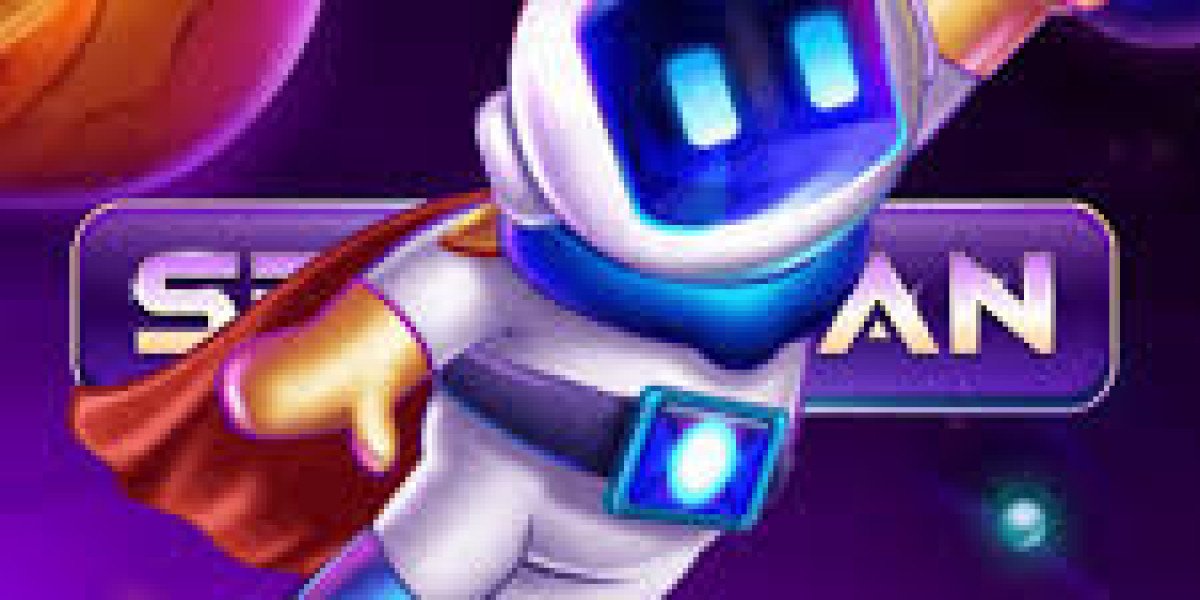Ever stared at a gorgeous logo or photo and wished you could stitch it perfectly on your Husqvarna Viking machine? You’re not stuck with generic designs—turning any JPG into a stitch-ready file is simpler than you think. The secret lies in converting it to HUS format, the native language of Husqvarna, Pfaff, and Singer machines. This process, called digitizing, transforms a flat image into a detailed map of stitches, colors, and paths your machine follows with precision. Whether you’re personalizing gifts, branding apparel, or crafting home decor, HUS files deliver cleaner lines, smoother fills, and pro-level results. Let’s dive into why you should convert JPG to HUS embroidery files.
What Is HUS Format and Why Does It Matter?
HUS is the proprietary stitch file format for Husqvarna Viking and compatible machines. Unlike a JPG, which is just pixels, an HUS file contains exact instructions: where the needle moves, what stitch type to use (satin, fill, running), and when to change thread colors. Your machine reads these commands to create crisp, durable embroidery.
Using HUS ensures full compatibility with your Viking’s features—like automatic thread cutting, precise hoop positioning, and advanced stitch optimization. A well-crafted HUS file prevents puckering, thread breaks, and misaligned designs, especially on tricky fabrics. Converting your own JPGs gives you creative freedom and saves money compared to buying pre-made files.
Benefits of HUS Over Generic Formats
HUS files shine where generic formats like DST or EXP fall short. They’re optimized for Husqvarna’s stitch engine, reducing jump stitches and improving thread tension. This means fewer trims, faster stitching, and less wear on your machine.
HUS supports high-color designs and complex fills without lag. It also preserves fine details—like small text or intricate logos—that other formats might distort. For businesses, this means consistent, professional branding across uniforms or bags. For hobbyists, it’s the key to stitching family photos or custom art with stunning accuracy.
Plus, HUS files are compact and transfer quickly via USB, making them ideal for large projects or multi-hoop designs.
Choosing the Right JPG for Conversion
Not every image stitches well. Start with a high-resolution JPG—300 DPI or higher—to avoid blurry, pixelated results. Low-res photos turn muddy in thread.
Bold, high-contrast designs work best. Think clean logos, silhouettes, or illustrations with defined edges. Avoid busy photos with tiny details or soft gradients—they get lost in stitches. If your JPG has too many colors, you’ll simplify it later to keep thread changes manageable.
Crop distractions and boost contrast using free tools like GIMP, Canva, or your phone’s editor. A sharp, focused image is your foundation for a flawless HUS file.
Tools You Need to Create HUS Files
You don’t need a pro studio—just the right software. Embrilliance Essentials is beginner-friendly, letting you import JPGs, digitize them, and export as HUS with a few clicks. For advanced control, try Wilcom Hatch or Premier+ 2 (Husqvarna’s official software).
On a budget? SewArt is affordable and effective. Ink/Stitch—a free Inkscape plugin—works great for vector-based designs. All these tools support HUS export and guide you through the process.
A reliable computer runs the software. A scanner or camera captures physical artwork if needed. A USB drive transfers your HUS file to your Viking machine—most models read directly from USB.
Step-by-Step Guide to Converting JPG to HUS
Ready to digitize? Follow these steps to create a perfect HUS file.
- Prep your JPG
Open it in GIMP or Photoshop. Crop to the main subject, increase contrast, and reduce colors to 8-12 shades. Save as a high-quality JPG or PNG. - Import into software
Open Embrilliance (or your tool) and start a new design. Upload your JPG. Scale to fit your hoop—4x4, 5x7, or 260x200mm are common for Vikings. Use the grid for precision. - Digitize the design
Trace outlines with running stitches for borders (like logo text). Fill areas with satin stitches for shine or fill/tatami for solid coverage. Assign thread colors—match Robison-Anton or Sulky for Viking compatibility. Preview the stitch-out. Adjust density: too dense puckers, too sparse looks thin. - Optimize for fabric
Add pull compensation for stretchy knits. Increase underlay for thick fabrics like towels or denim. Use water-soluble toppers for fleece. - Export as HUS
Save as .hus (or .shv/.vip for Pfaff/Singer). Transfer via USB. Test stitch on scrap fabric—this catches thread breaks or scaling issues. Tweak and re-export if needed. - Stitch your masterpiece
Hoop with stabilizer, load the HUS file, and let your Viking work its magic.
Pro Tips for Stunning HUS Results
Want pro-level stitching? Try these tricks.
- Simplify early — Remove tiny details. Bold shapes stitch cleaner.
- Match stabilizer — Tear-away for cotton, cut-away for knits, water-soluble for towels.
- Test tension — Metallics or rayons may need tweaks.
- Clean your machine — Dust causes jams.
- Scale smart — Oversized designs strain your Viking; tiny details vanish.
- Use quality threads — Cheap ones break and fade.
Avoiding Common Conversion Mistakes
Mistakes happen—but they’re fixable.
- Low-res JPGs → Always use 300 DPI or higher.
- Skipping test stitches → This saves fabric and frustration.
- Wrong format → Double-check .hus (not .pes or .jef).
- Rushing digitizing → Sloppy tracing = jagged stitches.
- Ignoring fabric → A fleece file won’t work on silk.
Update your software regularly. Back up HUS files—losing a perfect design is heartbreaking.
Stitching Success with HUS
You now know exactly why you should convert JPG to HUS embroidery files. From cleaner stitches to full Viking compatibility, HUS format delivers pro-level results every time. Whether it’s a logo, photo, or custom art, your machine is ready to shine.
Start with a simple design. Test, tweak, and enjoy the process. With practice, you’ll turn any JPG into a stunning HUS embroidery pattern effortlessly. So grab your favorite image, fire up your software, and let your Viking stitch something amazing!









